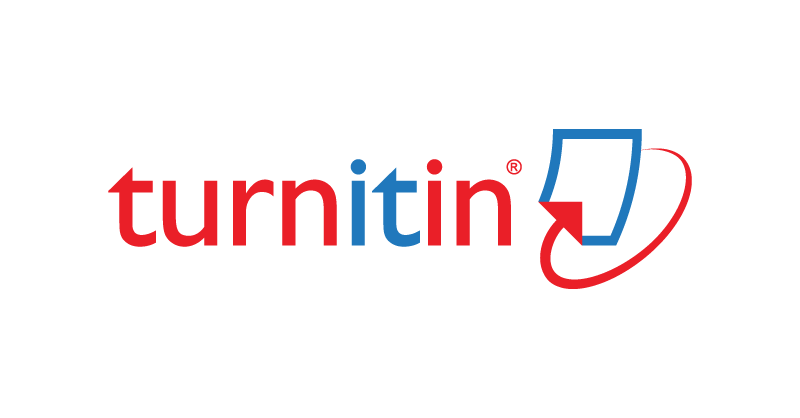Determination Strategy for Controlling Bloodstock Components Packed Red Cell Using Monte Carlo Simulation
DOI:
https://doi.org/10.32734/jsti.v24i1.7746Keywords:
Simulation, Optimization, Packed Red Cell, Cost, Blood InventoryAbstract
Blood supply is an important part that is very influential on health because almost all blood types are necessary for medical activities. This condition makes blood management very important, but improper blood management can cause a waste that results in huge final costs and causes losses for both the customer and the blood supplier. In this case, Monte Carlo simulation can be used to develop several policies that can optimize blood inventory levels and minimize inventory costs at Indonesian Red Cross XYZ. In this simulation, input data required are blood donor supply and Packed Red cells (PRC) demand data, this data will be used to determine the shortage and expired rate. From simulation will be obtained shortage rate of 33 blood bags and an expired rate of 75 blood bags with inventory cost Rp. 36,226,964. Monte Carlo simulation will make new policy rules with increasing the supply of whole blood (WB) which will be used as a component of the PRC and reducing the supply level. From these simulation results, the best policy will gain and applied at PMI XYZ to optimize inventory cost.
Downloads
References
S. A. Sapta, I. Yogasara dan R. Sidikah, Kenali PMI (Palang Merah Indonesia), 1 penyunt., Jakarta: FRC (International Federation of Red Cross and Red Crescent Societie), 2019.
A. F. O. Muriel, Improving the Blood Supply Chain Simulation and Optimisation Models to Support Collection, Production and Location-Allocation Decisions, 1 penyunt., Southampton: University of Southampton, 2016.
S. Zahraee, J. M. Rohani dan A. Firouzi, “Efficiency improvement of blood suply chain system using Taguchi method and dynamic simulation,†Procedia Manufacturing, vol. 2, no. 2, pp. 1-5, 2017.
T. WHO, “Protecting the blood supply during infectious disease outbreaks: guidance for national blood services,†2019. [Online]. Available: https://www.who.int/publications/i/item/protecting-the-blood-supply-during-infectious-disease-outbreaks-guidance-for-national-blood-services. [Diakses 1 Desember 2020].
D. Mary, “A two-stage stochastic programming model for inventory management in the blood supply chain,†International Journal of Production, vol. 1, no. 1, pp. 21-31, 2017.
B. Fahimnia, A. Jabarzadeh, A. Ghavamiar dan M. Bell, “Supply chain design for efficient and effective blood supply in disasters,†International Journal of Production Economics, vol. 1, no. 1, pp. 1-10, 2020.
E. Gibaud, Numerical simulation of red blood cells flowing in a blood analyzeer, 1 penyunt., English: Université Montpellier,, 2019.
F. Fathollahi, K. Hajiaghei dan M. Tavvakkoli, “Hybrid Optimizer to solve a tri-level programming model for a tire closed-loop supply chain network design problem,†Applied Soft Computing, vol. 1, no. 1, pp. 464-437, 2018.
V. Hemmelmayr, K. F. Doerner, R. F. Hartl dan M. W. Savelsbergh, “Delivery strategies for blood products supplies,†Transfusion Journal, vol. 4, no. 31, p. 707–725, 2019.
X. Chen, S. Wu dan X. Guo, “Analyses of factors influencing Chinese repeated blood donation behavior,†Industrial Management and Data Systems, vol. 3, no. 120, pp. 486-507, 2020.
H. Ramadan, P. U. Gio dan E. Rosmaini, “Monte Carlo Simulation Approach to Determine the Optimal Solution of Probabilistic Supply Cost,†Journal of Research in Mathematics Trends and Technology, vol. 2, no. 1, pp. 1-6, 2020.
A. Mansur, F. Ma'arah dan P. Amalia, “Platelet Inventory Management System Using Monte Carlo Simulation,†Materials Science and Engineering, vol. 1, no. 722, pp. 1-6, 2020.
C. Kouki, B. Legros, M. Z. Babai dan O. Jouini, “Analysis of base-stock perishable inventory systems with general lifetime and lead-time,†European Journal of Operational Research, vol. 1, no. 1, pp. 1-39, 2019.
Downloads
Published
How to Cite
Issue
Section
License
Copyright (c) 2022 Jurnal Sistem Teknik Industri

This work is licensed under a Creative Commons Attribution-ShareAlike 4.0 International License.
The Authors submitting a manuscript do so on the understanding that if accepted for publication, the copyright of the article shall be assigned to TALENTA Publisher Universitas Sumatera Utara as the publisher of the journal.
Copyright encompasses the rights to reproduce and deliver the article in all forms and media. The reproduction of any part of this journal, its storage in databases, and its transmission by any form or medium will be allowed.



















